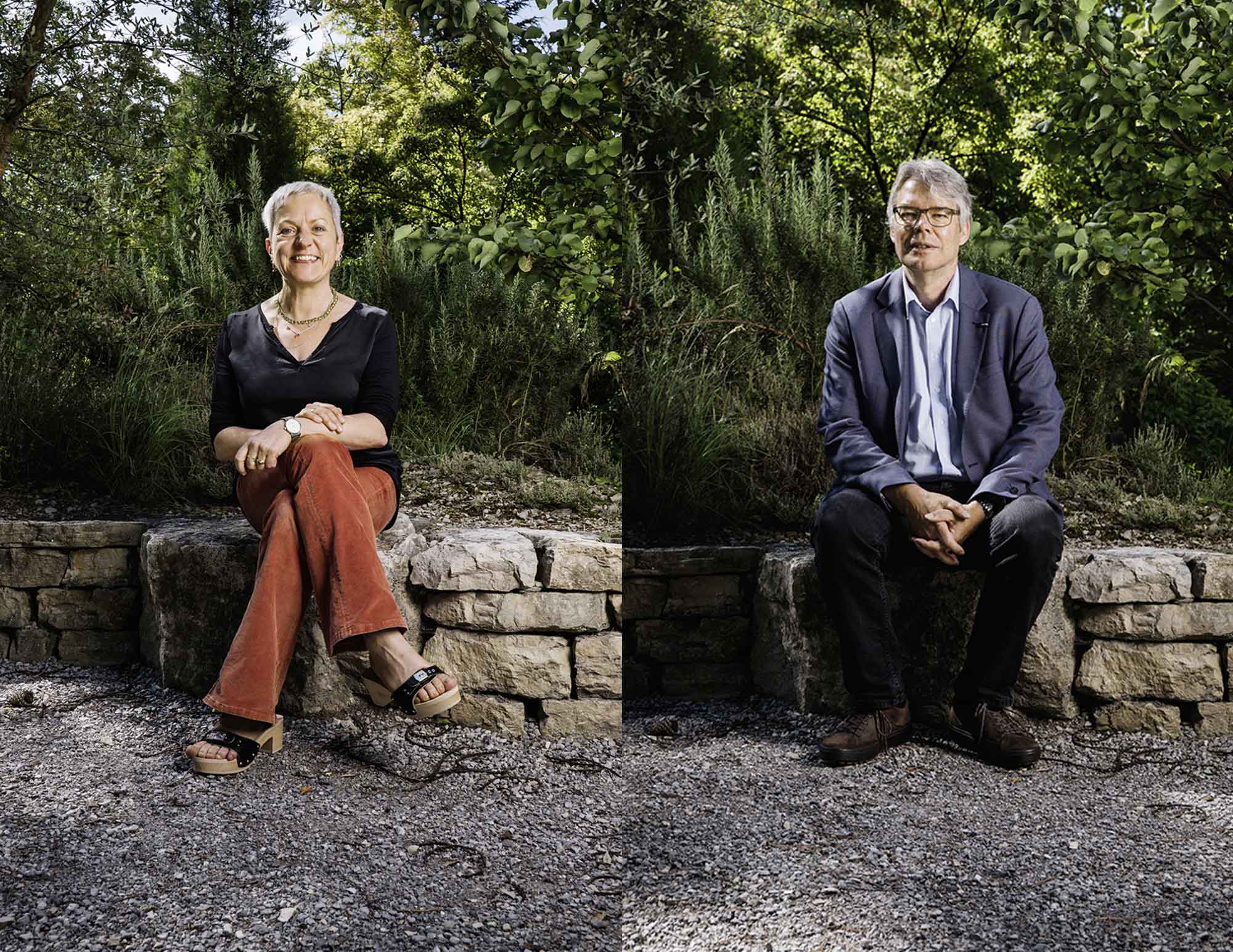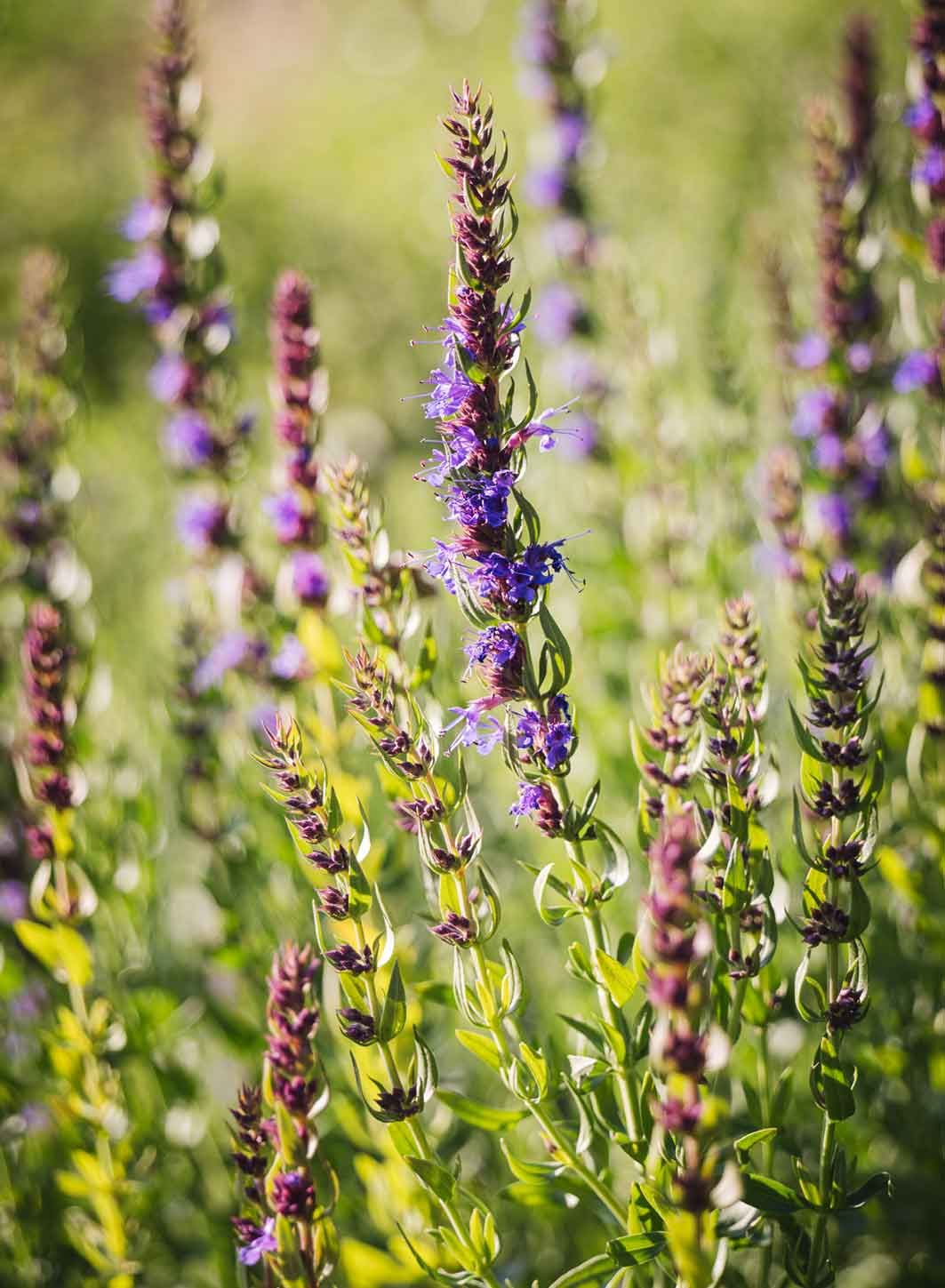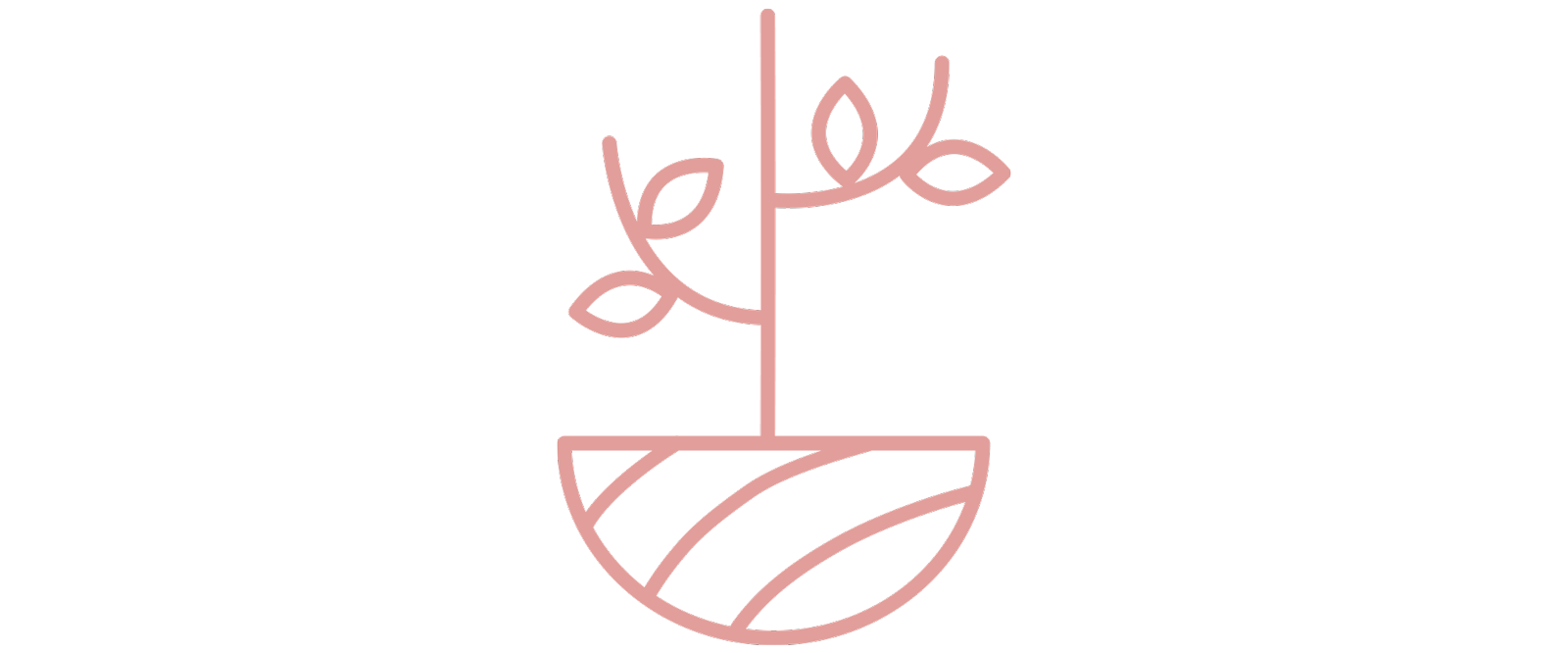The basics
Complementary and herbal medicines are very popular and widespread in Switzerland, accounting for almost 20 percent of the 8,000 or so authorised medicines with an indication. To this can be added a further 11,000 authorised complementary medicines without an indication and used for individual therapy. Many complementary and herbal medicines are assigned to dispensing category D and have consequently become an important mainstay for druggists. The latter have also made an active and necessary contribution by raising people's awareness of these medicines", explains Martin Ziak, Head of the CHM division at Swissmedic.
Simplified authorisation
Basically, the requirements applicable to synthetic medicinal products also apply equally to complementary and herbal medicines: Quality, safety and efficacy must be guaranteed. "However, the latter can be authorised in a simplified procedure according to the Ordinance on Complementary and Herbal Medicinal Products", explains Martin Ziak. "As evidence of safety and efficacy, the applicant can refer to published literature data, for example scientific publications."
"These medicines can be authorised in a simplified procedure according to the Ordinance on Complementary and Herbal Medicinal Products."
Martin Ziak
The active substance
Margot Spohn explains some of the relevant issues: "Complementary and herbal medicines often contain several active substances. Over 2,000 different starting materials exist in homeopathy, each of which can be used to prepare numerous potencies. The key question that arises here is whether combining active substances is justifiable. For example, certain substances may not be combined from the homeopathic standpoint." The situation is different for herbal medicines: "In contrast with synthetic medicinal products, herbal medicines do not contain any pure substances as active ingredients, but rather mixtures with many substances, for example herbal extracts or essential oils. This is a particularly complex situation, and one that plays a crucial role in the authorisation of herbal medicines", explains Bilkis Heneka.


